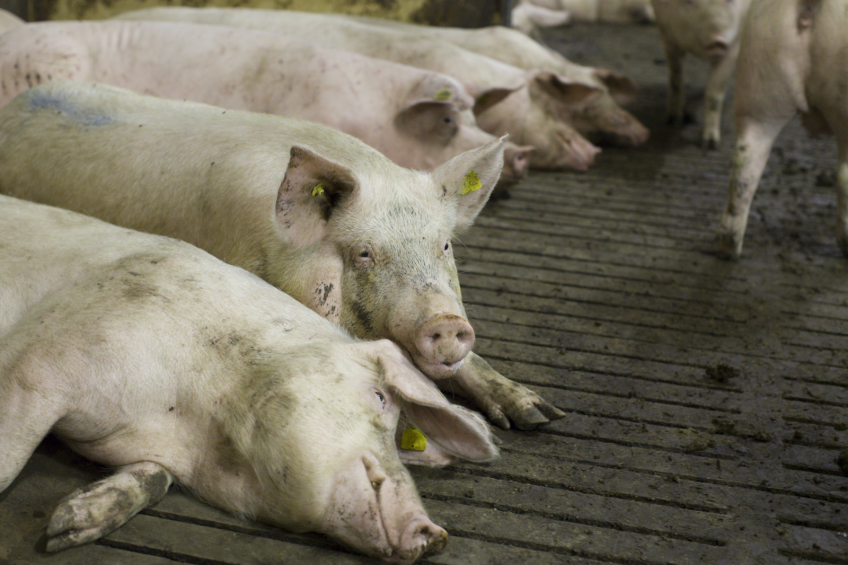Large pig gene pool despite ages of domestication

Centuries of domestication have not really reduced the genetical variation in pigs. The gene pool is still relatively large as they have often been mating with wild boars.
That was concluded by an international team of researchers from the UK, USA, Germany and the Netherlands, in a publication that appeared online late August in Nature Genetics.
Domesticated pigs have been around for 9,000 years
In a press release, shared by Wageningen University, the Netherlands, it is explained that pigs have been domesticated for about 9,000 years now. This first occurred in both Anatolia, Turkey as well as the Mekong delta in Vietnam.
The researchers started out with the question what changes can be observed in the genome of domesticated pigs when compared to wild boars – and how this process developed. For the research, the complete genome of 104 both wild and domesticated pigs were analysed and compared. These 104 animals were chosen from a collection of 4,000 pigs from all over the world that had been characterised in an earlier stage using a chip with 60,000 Single Nucleotide Polymorphisms (SNPs).
Pigs selected on behaviour and morphology
Deducted from the genome sequencs is that domesticated pigs have been selected strongly on both behaviour and morphology. Pigs became more sedate, their skulls reduced in size and the animals got smaller – although they have started to grow again in the last two centuries.
Still, there are two different groups to be distinguished, said Dr Martien Groenen, professor of animal genomics at Wageningen University, the Netherlands, and involved in the research. These two groups relate to the region of origin, i.e. Asia or Europe.
“The gene network that was used for selection in Asia is similar to that of European pigs, but on specific positions, there is a difference.”
Also read: Sequenced pig genome – past and future tales
Continuous input from wild pigs
In addition, the researcher show that there has been continuous ‘input’ from wild pigs into the domesticated herd. In their abstract, the researchers stated: “We found that the assumptions of traditional models, such as reproductive isolation and strong domestication bottlenecks, are incompatible with the genetic data.”
Groenen said, “In the Middle Ages (500-1500 CE, ed.), peasants simply had their pigs walk loose in the forests, which guaranteed occasional gene exchange with their wild counterparts.
Groenen said that this ‘wild’ component is good news for the breeding business, “For breeders, there is a lot of genetic variation to be found in pigs.”
Useful pig sequencing for research
For breeders, it is very useful that commercial pigs have been sequenced for the research. This way, a good catalogue has been built up, demonstrating what is specific for wild and for domesticated pigs. That could be useful information for the development of new commercial pig breeds. Groenen said, “Our large selection of genome sequences gives more insight into potentially interesting genetic variations – and those you’d rather not have.”
The publication is called ‘Evidence of long-term gene flow and selection during domestication from analyses of Eurasian wild and domestic pig genomes’. It was written by Laurent A.F. Frantz, Joshua G. Schraiber, Ole Madsen, Hendrik-Jan Megens, Alex Cagan, Mirte Bosse, Yogesh Paudel, Richard P.M.A. Crooijmans, Greger Larson and Martien A.M. Groenen.











